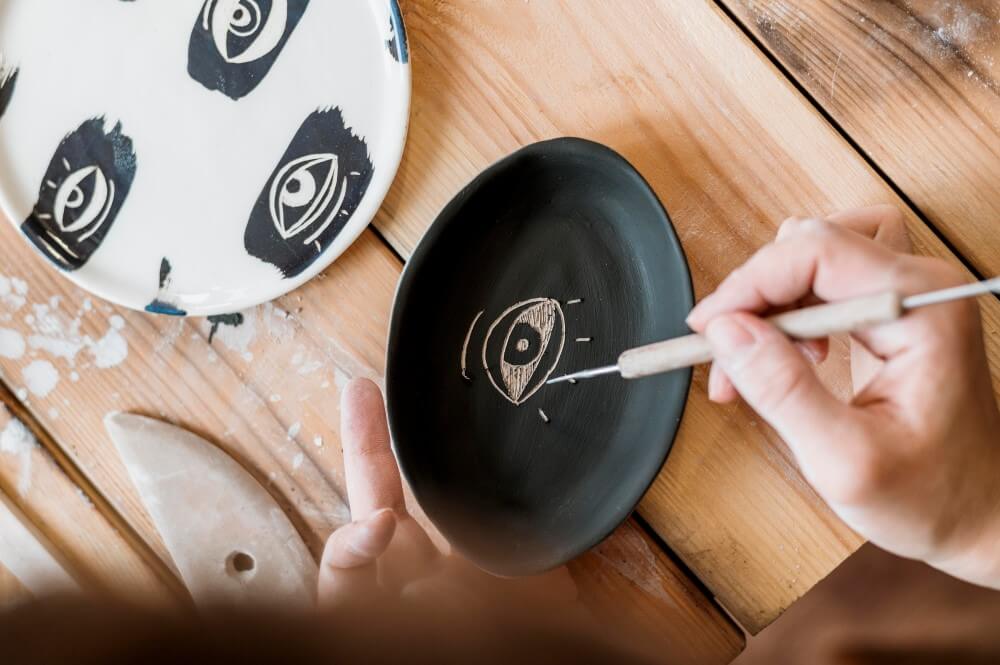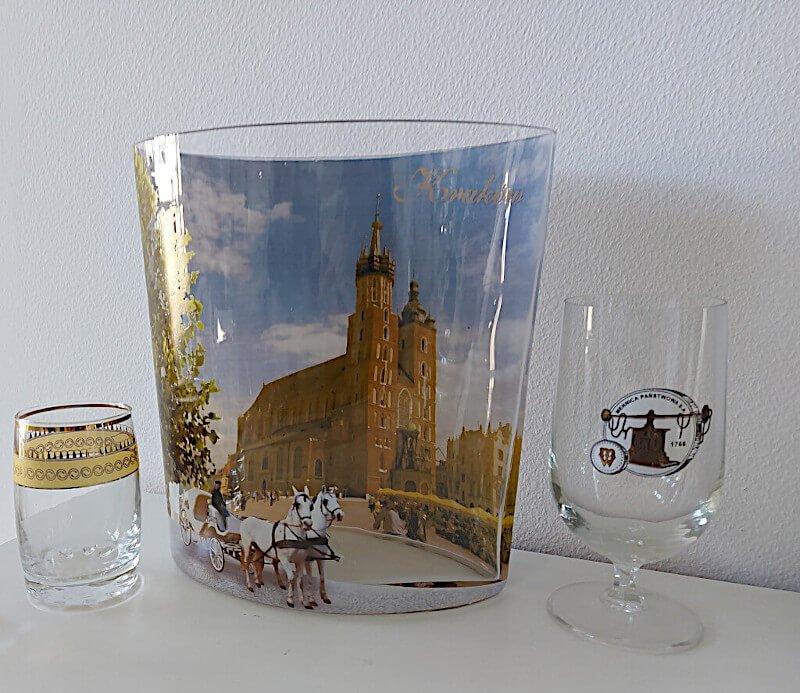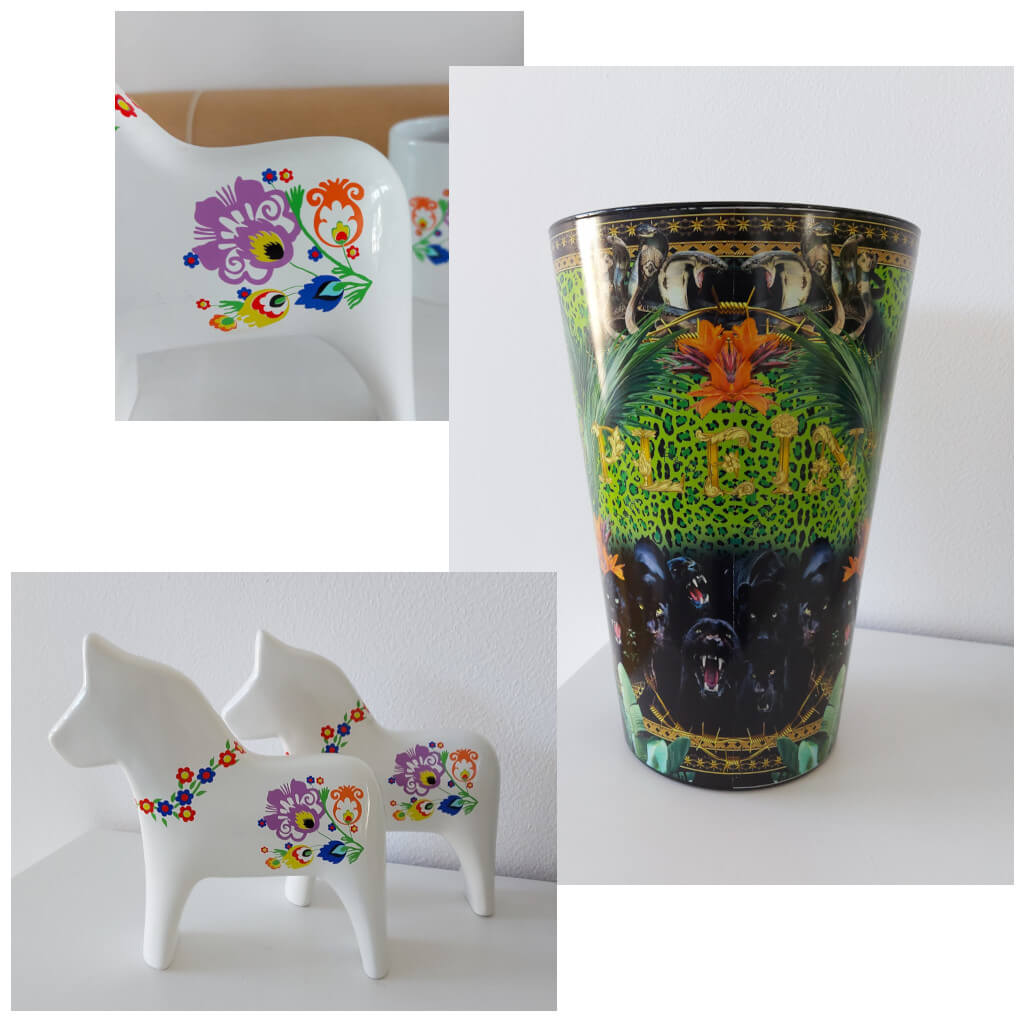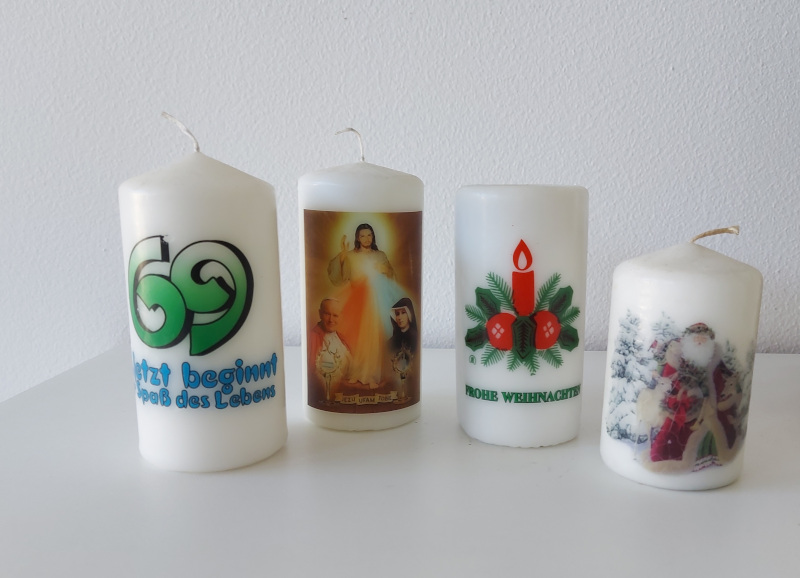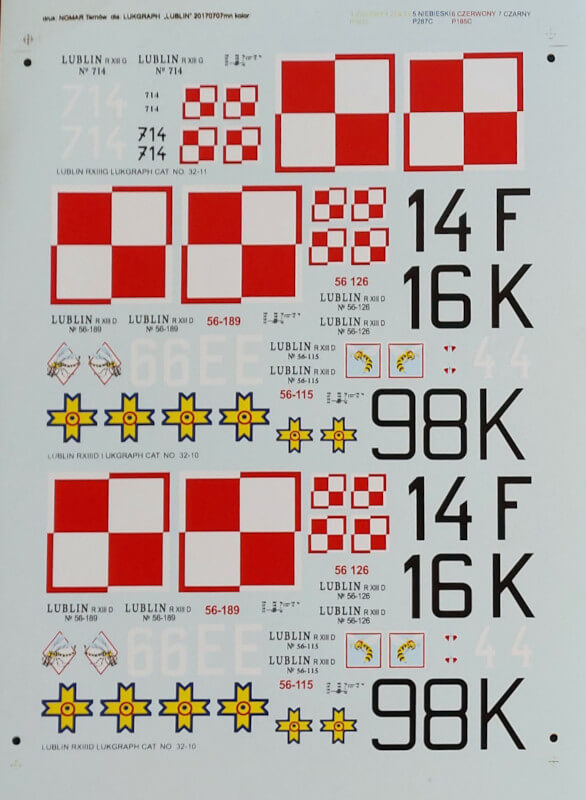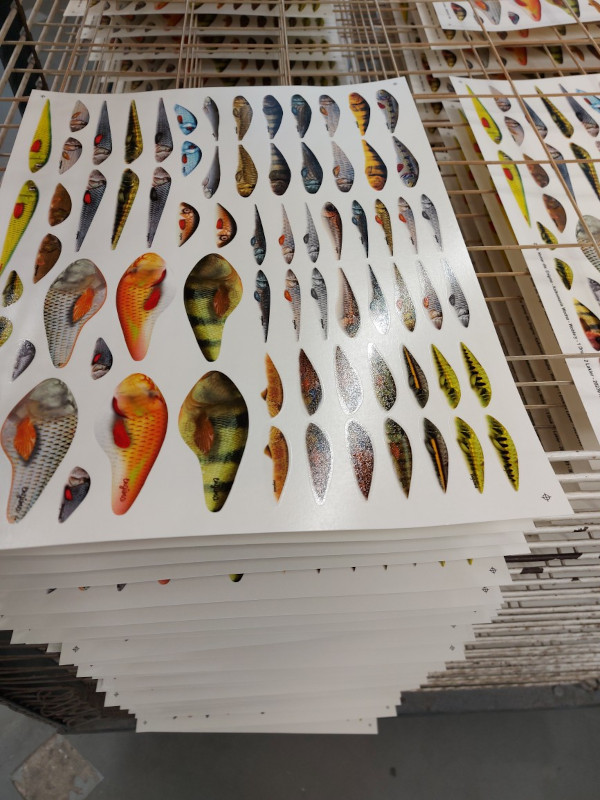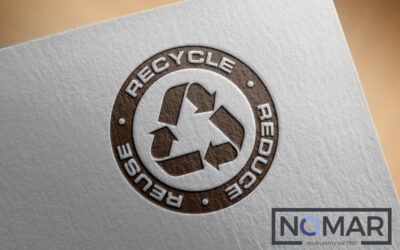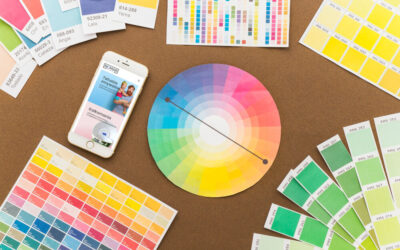Decal is a fascinating and somewhat forgotten way of creating art, which was created in the 19th century and remains an inspiration for many artists and handicraft enthusiasts to this day. While it may seem a bit archaic in the age of digital art and printing, it still have it’s place in the world of artistic creation and beyond. In this article we will discover what a decal is, its history and modern uses.
History of Decals
The concept of decal comes from the Greek words “kalkos,” which means “beautiful thing” or “decoration,” and “mania,” which means “obsession” or “love.” It is a technique that involves transferring illustrations, patterns or images to various surfaces using special materials. The technique became popular in Europe in the 19th century, especially in Great Britain and France.
The earliest examples of involved using colorful illustrations in newspapers and magazines and transferring them to wooden furniture, boxes, tablecloths and other household items. The simple decal technique involved soaking the paper in water and then releasing an illustration that was applied to the selected surface. The result was an effect similar to hand-painted decorations. Later, such were burned onto glass or porcelain.
Decal Process
Although may seem simple, it requires some skill and patience. Here is the general process for creating a it:
Selection of illustrations
The artist or creator selects an illustration, pattern or image to transfer to the selected surface. It could be a hand-drawn image, printed material, or a postcard envelope.
Surface preparation
The surface to which the pattern is to be transferred is properly prepared. If it’s wood or another material, it may need to be sanded and painted white.
Preparing illustrations
The printed pattern is then covered with a special varnish that is designed to transfer the pattern to a specific surface.
Soaking illustrations
The illustration is soaked in water for about a minute to detach it from the paper and apply it to the selected surface.
Moving illustrations
The wet illustration is gently transferred to the selected surface and carefully smoothed to remove any air bubbles and excess water.
Drying and fixing
After placing the illustration on the surface, we leave it to dry. You can then apply varnish or other fixative to it to protect and fix the design. And the patterns applied to glass or porcelain are fired at high temperatures.
Modern Applications of Decal
Although decal is a technique that seems to be outdated in the age of computerization and digital printing, it still has its place in today’s world of arts and crafts, as well as advertising. Some artists use it as a form of artistic expression, combining traditional techniques with modern inspirations.
In addition, there are companies specializing in the production of decal, such as Nomar, which offer a wide range of services related to this technique. People and companies looking for original and unique decorations for furniture, boxes, frames and other items often use this technique to add character and individual style to them. Our company’s offer includes:
Decal for glass or porcelain
This is a great way to personalize glassware, vases and other items. Decals on glass allow you to create unique patterns and decorations that will give your items a unique character. It can also be used on ceramics and porcelain. Thanks to this, you can create personalized plates, glasses or other tableware elements that will attract attention with their originality.
Low firing decal
This technique is ideal for transferring patterns to vessels that require a lower firing temperature, such as figurines, vases or mugs.
Decal without firing
If you don’t want to use high temperatures to set the designs, non-firing decals are a great alternative. You can use it on less durable surfaces such as wood, plastic or wax candles, without the risk of damaging the material.
Modeling decal
For modeling enthusiasts, decal can be used to decorate models, planes or ships, adding realistic details and colors.
Decal for wobblers
Wobbler manufacturers can also use that technique to create attractive and realistic patterns that attract fish.
Gallery of sample decals
Summary
Decal is a beautiful and traditional art-making technique that has its roots in the 19th century, but still attracts handicraft lovers and artists. The process of transferring illustrations to various surfaces using special materials can be both rewarding and creative. For those looking for new ways to express their creativity and advertise their business, it is a fascinating alternative in today’s digital art world.
This is a versatile technique that can be adapted to various needs and applications. With companies like Nomar offering a wide range of decal services, this traditional technique still has a lot to offer in today’s arts and crafts world. Whether you are an artist looking for new ways to express your creativity or a company that wants to personalize everyday items for advertising purposes, decal can be an interesting and unique option.

